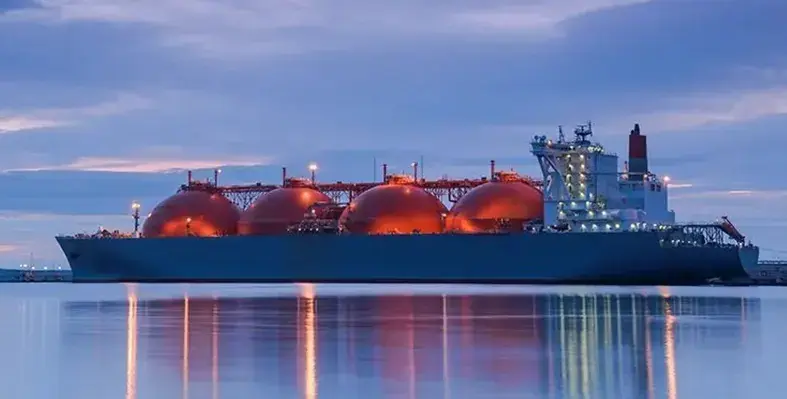Around 300 billion cubic metres (bcm) per year of LNG export capacity is set to be added by 2030, mainly thanks to liquefaction capacity additions in the USA and Qatar, according to the IEA’s newly-released Gas 2025 report
This unprecedented expansion of LNG supply, which the report forecasts will translate to a potential net LNG supply increase of 250 bcm a year by 2030, is expected to strengthen global supply security and ease market pressures following a period of tightness, spurring demand and making natural gas more affordable – including in emerging, price-sensitive import markets.
The USA and Qatar together account for 70% of the record additional capacity, further concentrating global supply in today’s top two exporting markets. Canada is set to account for a further 9% of capacity growth on its own due to its first two liquefaction projects coming online. African projects – led by Nigeria LNG train 7 – are expected to cover around 6% of global capacity growth to 2030.
Despite macroeconomic uncertainty, 2025 has seen the second highest amount of LNG liquefaction capacity reaching final investment decision (FID) in a single year. More than 90 billion cubic metres per year (bcm/yr) of additional capacity has been sanctioned so far in 2025.
Over 80 bcm/yr of liquefaction capacity has been approved year-to-date in the USA, an all-time high for the US LNG sector. The projects include Louisiana LNG, Corpus Christi Train 8&9, CP2 phase 1, Rio Grande LNG Train 4 & 5 and Port Arthur phase 2.
The amount of LNG projects reaching FID highlights the industry’s confidence that demand for LNG will continue to expand strongly, reflecting the supportive policy environment in the USA for natural gas projects. This new wave of LNG projects is set to further solidify the USA’s position as the world’s largest LNG exporter. By the end of the decade, the country could provide around one-third of global LNG supply, up from around 20% in 2024, according to the IEA.
Rising demand
The report’s base case sees natural gas demand rising by nearly 1.5% annually between 2024 and 2030, an increase of 380 bcm in absolute terms; in the report’s higher case scenario this could be as much as 1.7%. The Asia Pacific region would account for half of growth, and the Middle East, where countries like Saudi Arabia are switching from oil to gas for power systems, would contribute almost 30%. At the same time, a prolonged period of lower LNG prices could reduce the incentive for project developers to invest in the sector. This could lead to a potential tightening of global gas markets after 2030, especially if demand growth follows a higher trajectory.
The report forecasts that the global LNG market will become increasingly liquid and flexible, with the share of destination-free contracts accounting for just over half of total LNG volumes contracted by 2030.
“The coming LNG wave is set to offer some respite for global gas markets, which have been tight and volatile for several years. As new supply comes to market, notably from the United States and Qatar, it should apply downward pressure on prices – offering welcome relief for gas importers worldwide,” said IEA director of Energy Markets and Security Keisuke Sadamori.
“But elevated geopolitical tensions and economic uncertainty mean there is no room for complacency. Global cooperation remains essential to ensure supply security – especially with rising electricity consumption set to drive gas demand higher in many regions.”
Gas 2025 provides a comprehensive overview of potential supply, demand and trade trends in global natural gas markets for the coming years.










